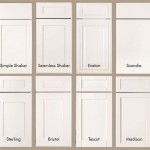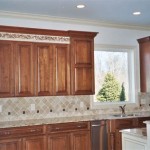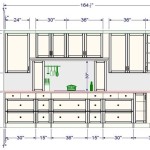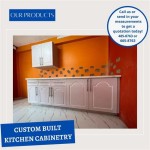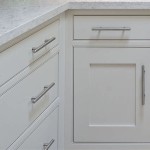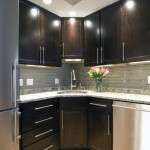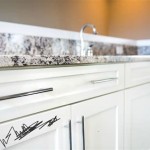Essential Aspects of Kitchen Cabinet Molding Installation
Kitchen cabinet molding adds an elegant finishing touch to your cabinetry, enhancing the overall aesthetic appeal of your kitchen. Installing molding correctly is crucial to ensure both its functionality and longevity. Here are the essential aspects to consider for a successful molding installation:
1. Material Selection
The choice of molding material should complement the style and finish of your cabinetry. Common materials include wood, MDF (medium-density fiberboard), and PVC. Wood offers durability and a natural appearance, while MDF and PVC are more budget-friendly and moisture-resistant options.
2. Types of Moldings
There are various types of moldings that serve different purposes. Crown molding is placed at the top of cabinets, adding height and elegance. Toe kick moldings are installed at the base of cabinets, providing a finished look and protection against dirt and moisture. Door and drawer moldings enhance the appearance of cabinet doors and drawers.
3. Measurements and Cutting
Accurate measurements are essential for precise molding installation. Measure the sections of the cabinetry where the molding will be placed. Use a miter saw to cut the molding at a 45-degree angle for corner joints. Use a coping saw to cut curves or angles that cannot be achieved with a miter saw.
4. Attachment Methods
There are two primary methods for attaching moldings: miter joints and butt joints. Miter joints create a seamless and professional-looking connection, while butt joints are simpler and more common. For miter joints, use a miter clamp to hold the pieces together while securing them with nails or glue. For butt joints, apply adhesive to the mating surfaces and press them together firmly.
5. Finishing
After installation, it's crucial to finish the moldings to protect them from moisture and wear. A primer and paint or stain can enhance their durability and match them to your cabinetry. Sand the moldings lightly before applying the finish for a smooth and professional result.
6. Maintenance
Regular maintenance helps preserve the appearance of your moldings. Clean them periodically with a damp cloth to remove dust and grime. Touch up any nicks or scratches with matching paint or stain. If the moldings become damaged, consult a professional for repair or replacement.
Conclusion
Installing kitchen cabinet molding requires careful planning, precise measurements, and proper techniques. By following these essential aspects, you can achieve a professional and aesthetically pleasing result that will enhance the beauty of your kitchen for years to come.

Adding Crown Molding To Cabinets Young House Love

Diy Kitchen Cabinet Upgrade With Paint And Crown Molding

Adding Moldings To Your Kitchen Cabinets Remodelando La Casa

Installing Crown Molding On Kitchen Cabinets Diy Cabinet

Installing Crown Molding On Kitchen Cabinets

Diy Kitchen Cabinet Upgrade With Paint And Crown Molding

Kitchen Cabinet Crown Molding Reality Daydream

How To Add Crown Molding Kitchen Cabinets Abby Organizes

The Easiest Way To Install Crown Molding On Cabinets Kitchen Makeover Renovation Diy

Faq Crown Molding For Cabinets Dura Supreme Cabinetry
Related Posts

